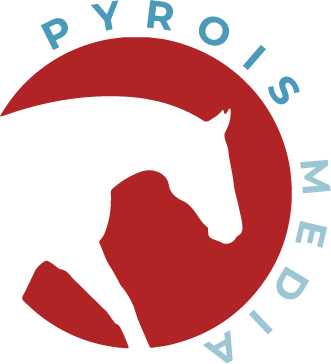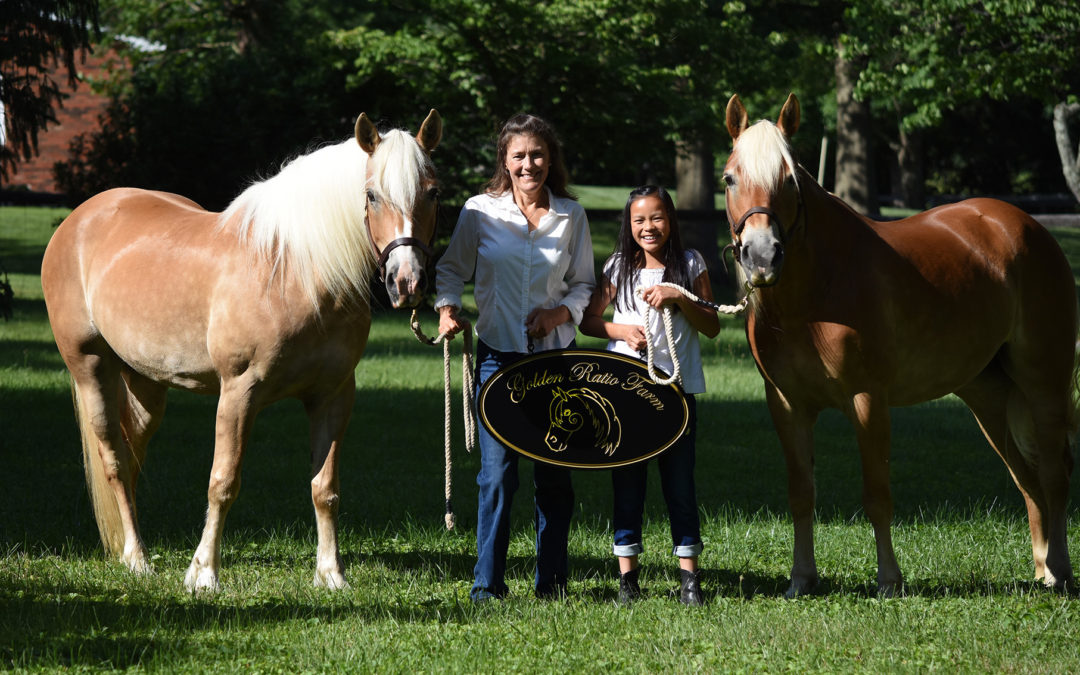If you’re anything like me, your phone is full of photos of your pets to the point that your phone often tells you it is nearly out of storage. It is also nice to have more formal type of photos to hang on your walls or just to show off and there are many pet/equine photographers (including Pyrois Media if you’re in North Texas) to take them for you.
However, there is more to getting those photos than just finding a good photographer. With how good your candid cell phone photos look, it may be easy to think that it’ll be simple to take professional photos, but that usually isn’t the case.
If you want to set your pets up for success, there are a few small moves you can make to get the best photos possible. Read on to learn about a few of them.
1) Location
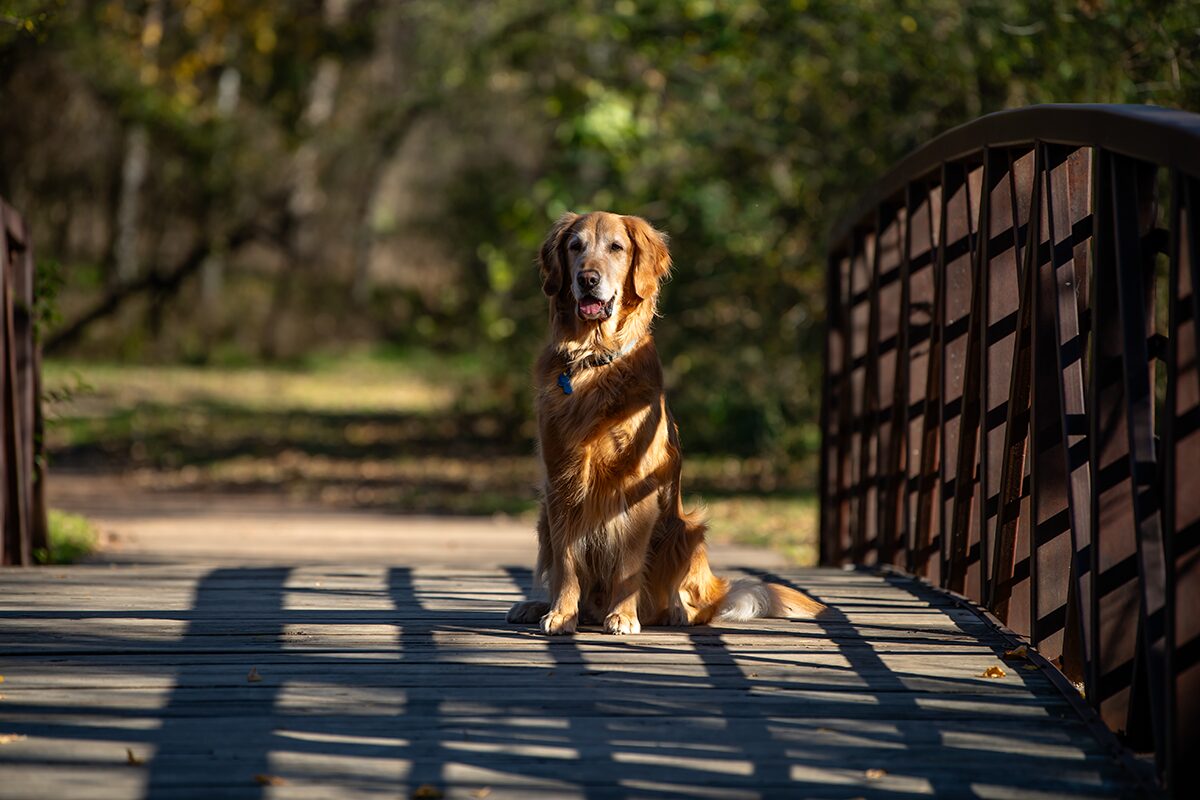
If possible, visit the photoshoot location with your pet so they aren’t overly distracted when you’re at your scheduled photoshoot.
Even better is if you can have the photoshoot at a location you go to regularly. Do you take them to a certain park or arena all the time? If the photographer lets you choose the location, go there. There’s a bonus included with going to a location you visit regularly – you can often scope out which areas are the best for photos early and know which areas to avoid with your pet.
2) Shutter Sounds
Some pets don’t care about the shutter sound, other pets pay attention to the shutter sound just enough for good photos, and some are terrified of it. If you don’t know which type of pet yours is, you’re best off doing a test run before the photoshoot.
If your phone has the option to turn the shutter sound on in its camera app, it’s usually a passable sound to use as a test or desensitizer. If you don’t have this option, you can download an app off your phone’s store or visit YouTube and pull up a shutter sound video (I’ve embedded one with an accurate shutter sound for you below.)
My mom’s dog is one of those who wants nothing to do with a shutter sound, so I will randomly pull out my camera and play with it around her. After years of me doing this, she doesn’t fully turn tail and run (something she did for a long time) but she also still isn’t comfortable with it. So keep in mind that some pets may start to ignore it (one of the better reactions) once you get them used to it but some will only tolerate it. As long as they aren’t trying to run away from it, you can consider it a success.
3) Exercise
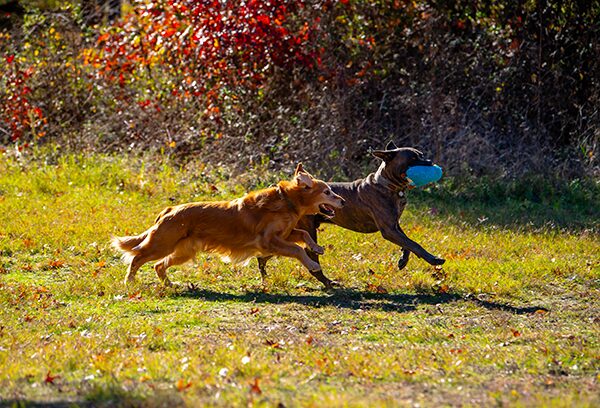
Action shots are fun but trying to get good photos of a hyper pet when that’s not your sole purpose of a shoot is not at all fun.
I don’t recommend totally exhausting your pet, because that is nearly as bad as trying to take photos of one with too much energy. But wearing them out enough that they’re mostly calm is the best way to go. Don’t be fooled that they’ll be relaxed just because they’re fine when you take photos of them. When a photographer is around, most pets act like they’re on a sugar high, so it’s better to be prepared than to fly by the seat of your pants and hope that they behave.
4) Cues
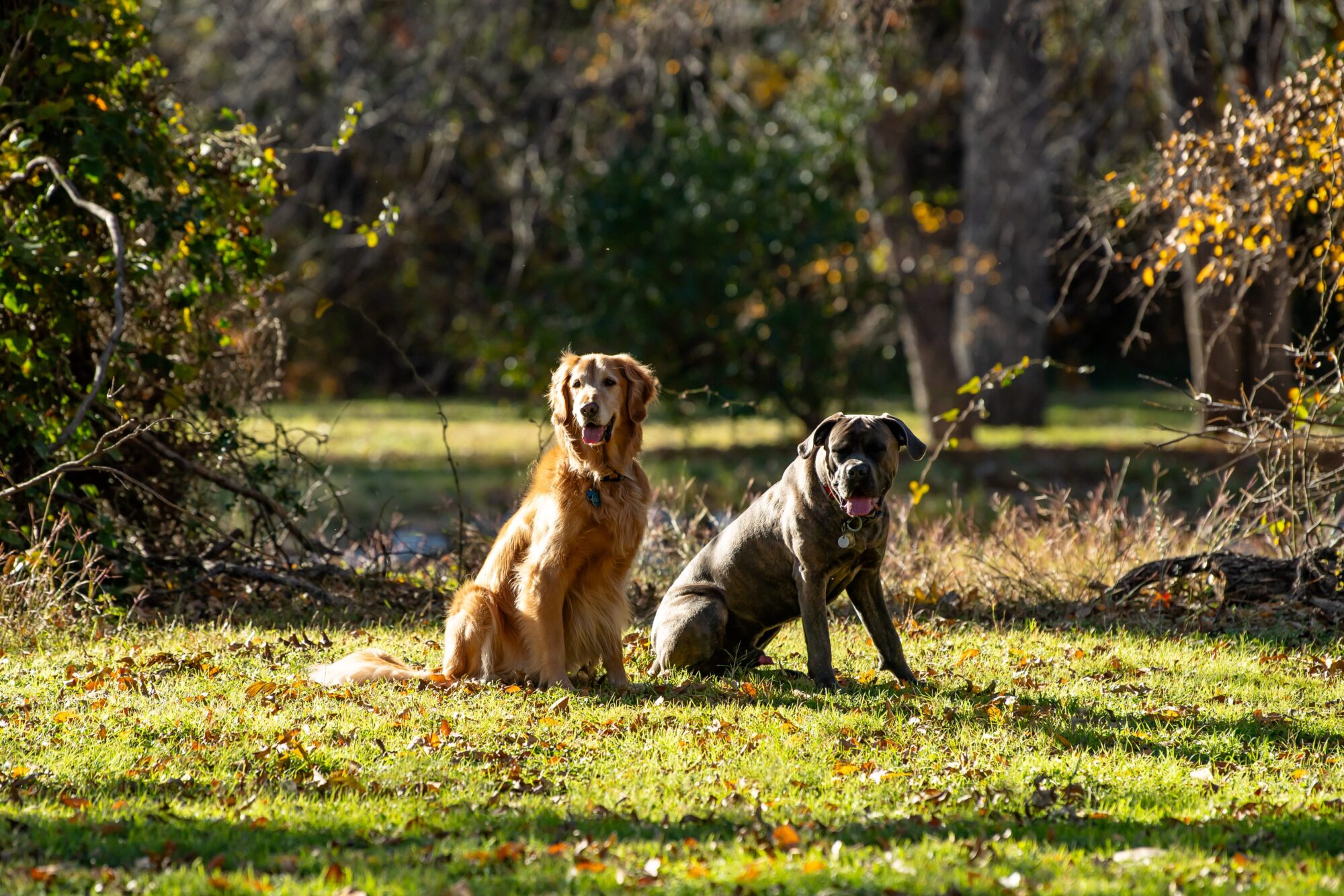
Another thing that will help you get the best photos is a well-behaved pet. If they don’t listen perfectly to the different cues you use (such as sit or stay), spend time working with them to make sure they’ll listen every time you pull it out during the photoshoot.
If you have a dog (or other pet) who will stay in the same spot even after you take off the leash, it’s going to lead to better photos than if the photographer must edit the leash off in every photo. Good training can also lead to better action shots because you can use those cues to get them to run where the photographer wants them.
5) Toys
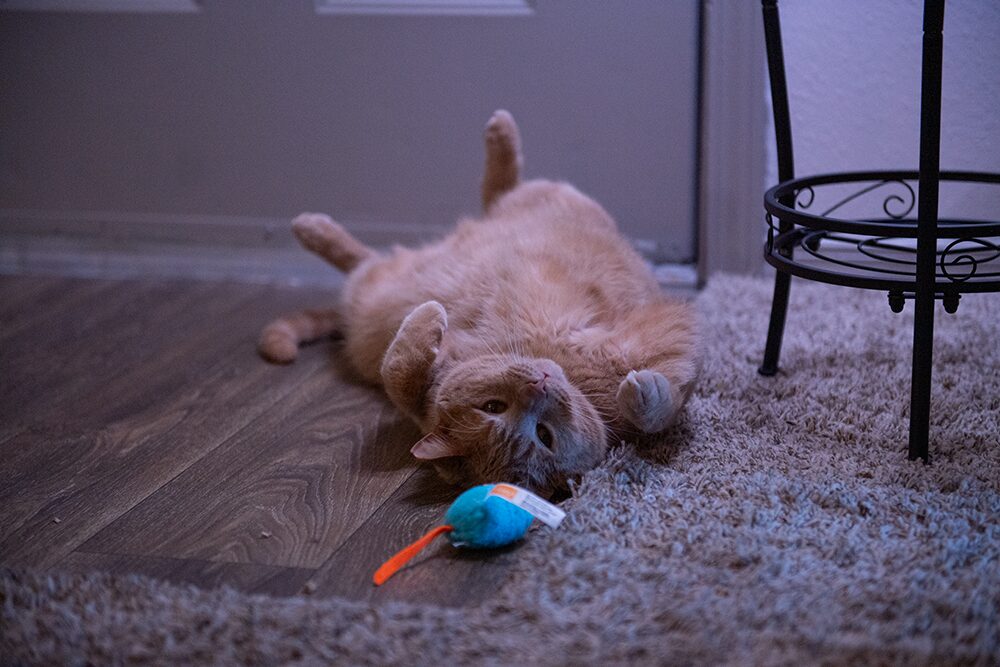
If there’s a toy your pet can’t live without, use it in the photoshoot. Not only can you use the toy for action shots or as a reward, but you can also use it to get their attention.
If they have other items that they absolutely love and you can take it somewhere, also load that into the car. For example, one of my cats is most comfortable on his scratch pad so I use that when I take photos of him. If I want him to in a certain place, I use a combination of both the pad and his favorite toy and usually I can lead him to wherever I want him to go – even if he doesn’t pose exactly how I want him to.
6) Attention Spans
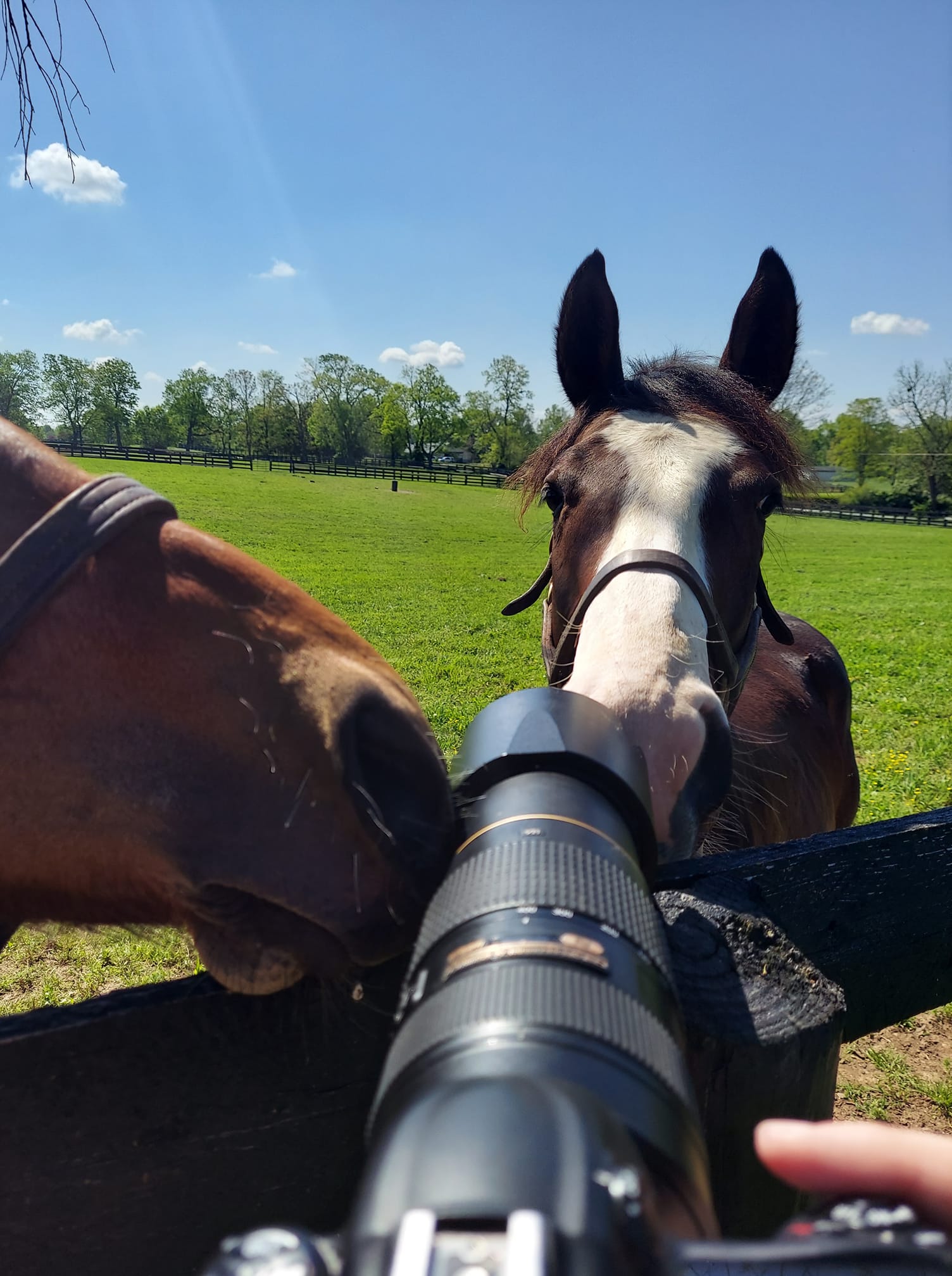
One of the most important things you need to remember when working with pets is that patience is key.
The above steps won’t get you what you want right away (other than tip number five) but repetition in the days before your photoshoot will have you seeing changes when your pet is in front of the camera. However, you also need to keep in mind that their attention spans may be short – especially if your pet is younger – so keeping your sessions brief will have more of an impact than one long session a day before the photoshoot.
On the day of the photoshoot, if you see your pet losing interest, don’t feel like you can’t tell the photographer that your pet needs a break. Most will be able to tell that the animal is done with a photoshoot and call it a day, but owners often can read their pets better than a photographer who hasn’t spent much time around them and avoid frustration for both animals and humans.
If photography isn’t for you, Pyrois Media offers photography services to help you get the perfect photos. Feel free to email Melissa@PyroisMedia.com for more information.
Have a topic you’d like to see covered here? Email Melissa@PyroisMedia.com with your suggestion and you could see it in a future blog!
